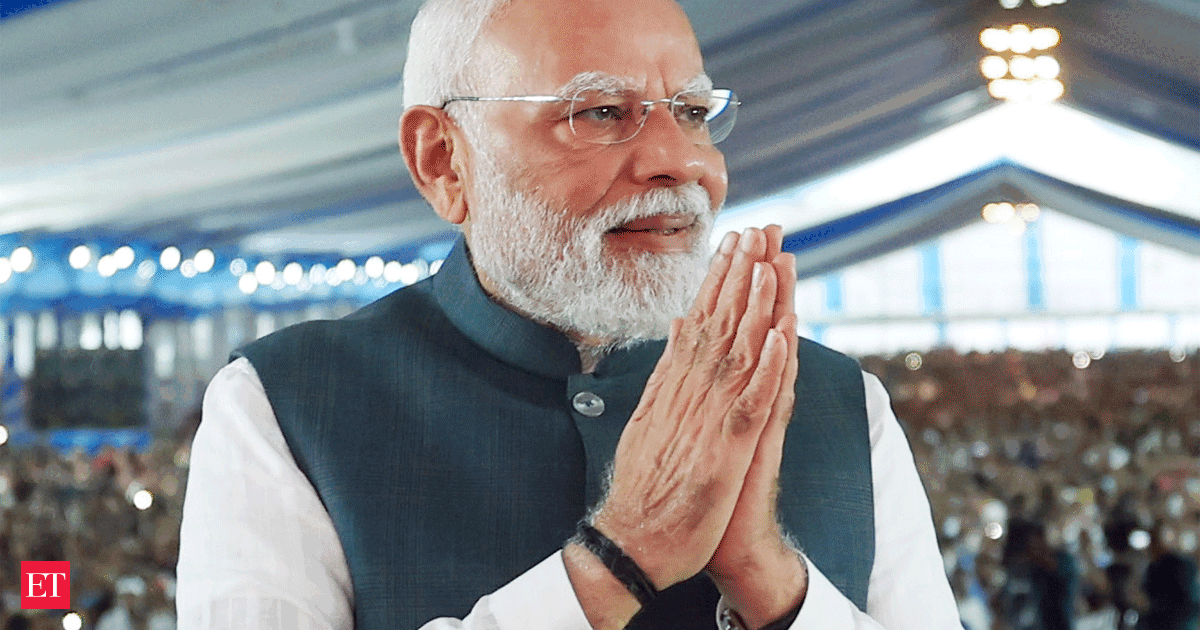
But this board also supports the substance of the Democratic brief against the Trump administration: That its broad-axe cuts to the federal budget, and particularly to health care programs, are severely harmful to the country. The Democrats are demanding that the administration restore as much as $1 trillion in cuts to health insurance subsidies under the Affordable Care Act, Medicaid, the National Institutes of Health, and other health care programs that are scheduled to take effect over the coming decade.
“Our position is clear,” Hakim Jeffries, the House Democratic leader, said on Sunday on ABC’s “This Week.” “Cancel the cuts, lower the costs, save health care.”
There is a reasonable argument to be had about how much of that spending could be restored. But that determination will require negotiations first, followed by concessions on both sides. On “Meet the Press” Sunday, Senate Democratic Leader Chuck Schumer said those talks with congressional Republican leaders and the White House were to begin on Monday. That’s a great start.
Senate Republicans have good reason to push for some kind of negotiated settlement. For one thing, their legislative power over federal spending has been repeatedly usurped and diminished by the president. Resolving this shutdown presents a golden opportunity for them to finally reassert the Senate’s vital role over federal governance. But reaching a negotiated settlement might be good politics as well.
Start with this: The health care programs that the Democrats are trying to protect benefit red states every bit as much as blue ones. Democrats say that millions of people will see their health premiums rise in November if Affordable Care Act subsidies are not immediately restored. Longer term, Medicaid and other cuts will cause at least 8.6 million people to lose health care coverage by 2034, according to the Congressional Budget Office. Those people live not only in New York, California, and Massachusetts but also in places like Texas, Arkansas, and Alabama, where no Democratic senators are to be found.
Cuts will also endanger small rural hospitals that are typically in heavily Republican districts, and curtail or eliminate medical research programs that not only employ people in Republican-controlled states but also produce medical breakthroughs that benefit all Americans.
Republican Senators have expressed qualms about Trump’s health care cuts, as well as about his willingness to ignore congressional decisions on spending, a power the Constitution gives to Congress. Senator Thom Tillis, a Republican of North Carolina who is retiring next year, has said subsidies for Affordable Care Act insurance should be at least partly restored. Senator Susan Collins, the Maine Republican who is facing reelection in 2026, has said the same. And Senator Josh Hawley, Republican of Missouri, has introduced legislation to restore Trump Medicaid cuts to rural hospitals.
Some liberals argue for a more intransigent Democratic strategy intended to isolate and shame Republican senators in purple states in advance of the 2026 midterms. If nothing else, those liberals argue, Democrats should be prepared to prolong a shutdown as long as it takes to win concessions, if only to signal their commitment to resisting the president’s harshest and most authoritarian policies.
But for Democrats, the risks of an extended shutdown are great. To a large extent, former presidents Bill Clinton and Barack Obama deflected blame for budget impasses onto the congressional Republicans who precipitated them. Unless the Democrats find and successfully disseminate clear messaging on why they are holding out, they could suffer the same fate.
Trump, on the other hand, seems energized by the impending battle. His director of the Office of Management and Budget, Russell Vought, has already outlined plans to lay off thousands of federal workers if the government shuts down. That would be in addition to the 300,000 who have lost their jobs since Trump took office or are expected to lose their jobs before the end of the year.
But a prolonged shutdown could hurt Trump as well. Inevitably chief executives are held accountable for chaos — indeed, that is what happened in 2019 when Senate Democrats engineered a 35-day partial shutdown over the issue of funding a border wall. In that time, voters began to blame Trump more than the Democrats for the impasse, causing him, in the words of analysts at the website FiveThirtyEight, to blink.
For a president who is already struggling with approval ratings below 50 percent largely because of concerns about rising costs (his approval rating on the always important question of inflation is now below 40 percent, according to Real Clear Politics) as well as the Jeffrey Epstein scandal, more disruption might not be welcome right now.
Trump ran on a populist agenda that purported to be less about simply shrinking federal spending at all costs — à la the old GOP — and more about lowering costs for middle- and working-class people. Whether he realizes it or not, massive cuts to Medicaid and ACA subsidies fall heavily on those very people as well as on the poor.
Senate Republicans should remind him of that campaign pledge. In compromise, he might actually keep the faith of the people who elected him.



